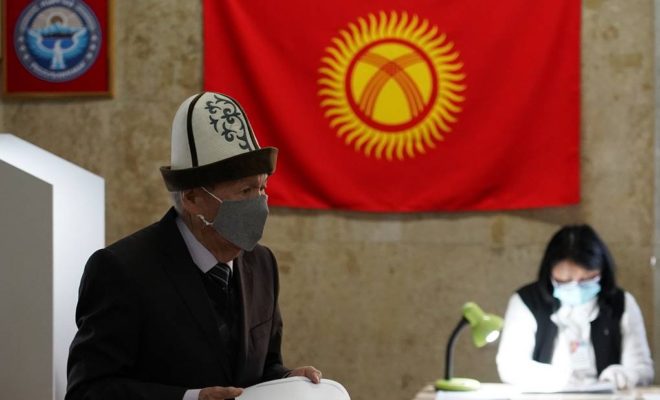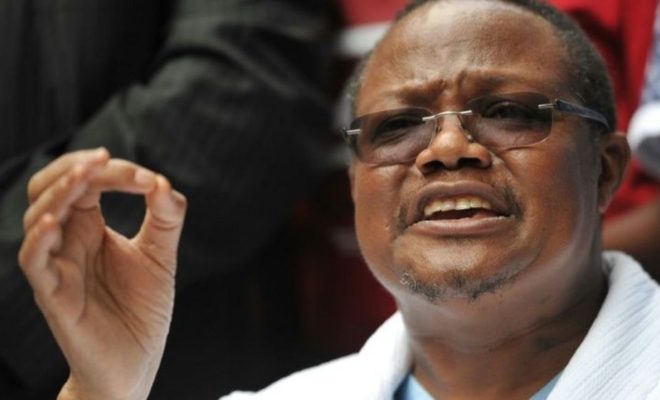The parliamentary elections in Kyrgyzstan, otherwise known as the supreme council elections, held on the 4th of October 2020. The elections which were highly contested by opposition groups who had called for a postponement due to the COVID-19 pandemic had 16 parties are competing for the 120 seats in the legislature. The current parliament is dominated by a coalition with the Social Democratic Party (SPDK) having the most seats, 38.
How Kyrgyzstan Elections Work
The 120 seats in the supreme council are elected via proportional representation where parties must pass a national electoral threshold of 7% of the votes cast, and receive at least 0.7% of the vote in each of the country’s seven regions to be considered winners. Also, no party is allowed to hold more than 65 seats and are required to have at least 30% of the candidates from a minority gender, at least 15% of the candidates from ethnic minorities and 15% of candidates under 35 years old, and at least 2 candidates with disabilities.
The Current Outlook
Aljazeera reports that preliminary data released by the Central Election Commission shows that parties with alliances to Kyrgyzstan’s President Sooronbai Jeenbekov have dominated the parliamentary election: the Birimdik party of Jeenbekov’s younger brother, Asylbek Jeenbekov, and the Mekenim Kyrgyzstan party – a presumed ally of the president – each got roughly 24 percent of the vote. Another pro-Jeenbenov party, the Kyrgyzstan Party, scored 9 percent of the votes while a nationalist party, Butun Kyrgyzstan, got past the 7 percent threshold required for entry into parliament.
Three parties that failed to make it pass the threshold have denounced the preliminary results and are staging a protest. Janar Akayev, leader of Ata-Meken, said the party considered the vote illegitimate and would join other parties in opposing the results “with radical methods”.
The official data will be announced after manual counting of all ballot papers.


